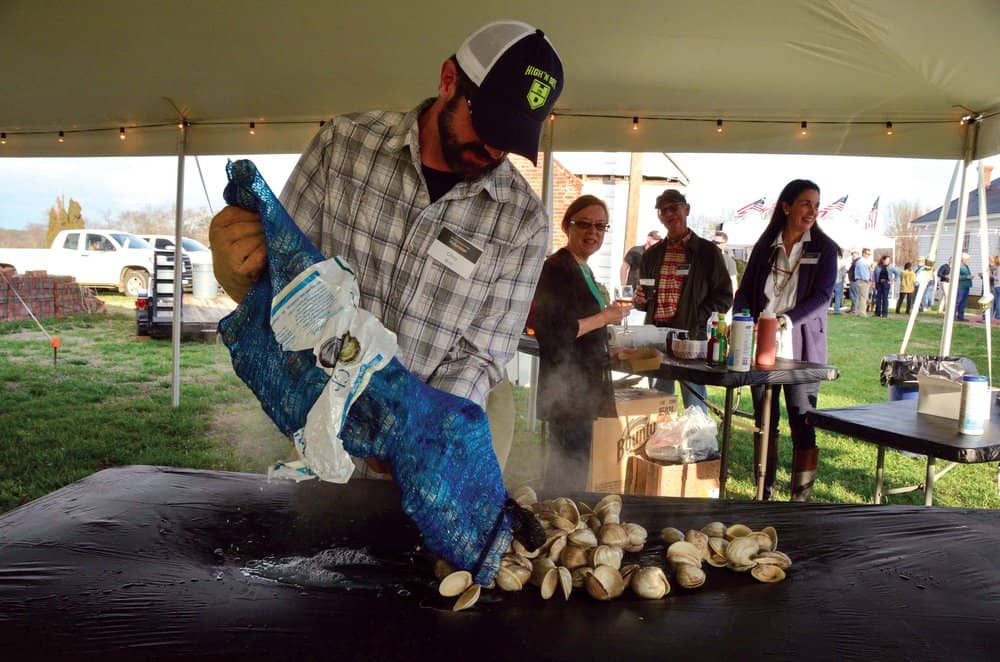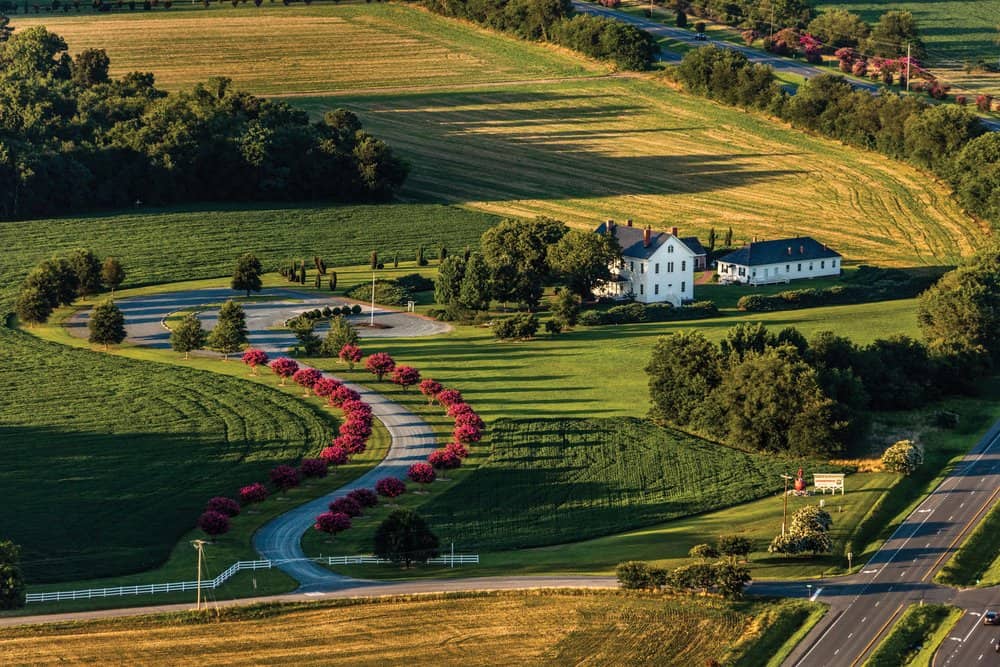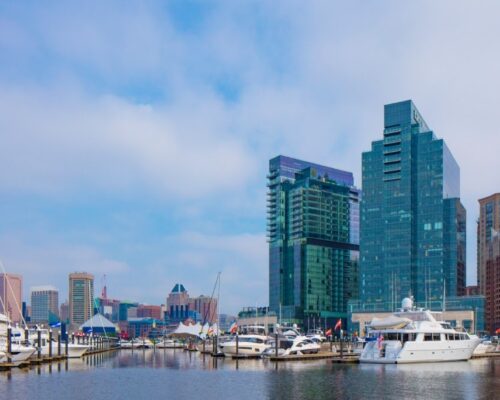Almshouse museum preserves barrier island history while tying together the unique and thriving Eastern Shore culture.
Just off Route 13 in Machipongo, Virginia, sits a white farmhouse that has served its community for over 100 years. It was originally the Northampton County almshouse where the destitute, disabled, elderly, and orphaned could go when there was no other place for them. Today it serves as a museum to preserve that history and the story of another displaced group—residents of Virginia’s Barrier Islands.
The Barrier Islands Center tells the stories of the vibrant communities that called the coastal islands of Virginia’s Eastern Shore home before the residents fled from increasingly intense hurricanes.
“When the founders first opened this museum, they didn’t know what it was going to be,” says Museum Director Monika Bridgforth. “They let the community walk in and give ideas, and many of them were amazing ideas.”
The Barrier Islands Center became more than a museum. It is now a community center where children can learn about their local history, and where locals and visitors can gather to enjoy all that the Eastern Shore has to offer.
Dot Gibb purchased the farm and the three buildings on it from the county in 1952 when the almshouse closed, and held onto it for about 50 years before selling it to the Barrier Islands Center. The museum opened in June of 2002.
The center was the brainchild of Thelma Jarvis Peterson, a local artist and musician who became known for her paintings of the barrier islands in the ’80s. Peterson set out to preserve barrier islands artifacts before they were snapped up by collectors beyond the Eastern Shore. Peterson began talking to movers and shakers in the community and gathered enough people to form a steering committee, which later became the center’s original board of directors. They spent about a decade working to secure funding, a building, and artifacts.
The artifacts curated by those founders, and the items that island residents and their descendants have donated since, are displayed in scenes throughout the upstairs of the building. At one display, you can stand at the original front desk from the famous Cobb Island Hotel, circa 1890s, and you feel as though you’re standing in the lobby of a getaway that once billed itself as the “unrivaled health and summer resort of the Atlantic Coast,” offering “fishing, gunning and bathing unexcelled.”

In another room, papier-mâché food on a picnic cloth tells the story of how the women of Hog Island defeated an out-of-town baseball team without lifting a bat. It was the annual Fourth of July game and the mainland visitors chowed down on Hog Island specialties like steamed clams, roasted mutton, clam fritters, fried fish, and all kinds of garden fresh vegetables—not to mention the pies and the cakes. The mainlanders stuffed themselves while the home team held back, allowing them to handily defeat the lethargic visitors.
“What visitors and locals who have given their own treasures and stories love about the museum is that when you go upstairs things aren’t roped off,” Bridgforth says. “The exhibits are approachable little vignettes, and you get a sense of what it was like on the islands.”
The history of the almshouse runs as an undercurrent to the exhibits on the barrier island history. Visitors learn that the 13 second floor rooms where for white residents. A separate almshouse for African Americans was built 1910 and now serves as a community space. On any given day, activities such as CPR class, dog training, or community diversity sessions are happening there.
“The spirit of the almshouse continues on, just in a different form,” says Laura Vaughan, executive director of the Barrier Islands Center. “Its original purpose was shelter, and it did that. Now that it’s been brought back to life, it continues to serve.”
A large window on the north side of the building frames a small white cross marking the gravesites of those who died at the almshouse.
The grounds serve as the venue for two festivals each year. In February, locals and visitors gather around tables full of freshly roasted local oysters for the museum’s annual oyster roast. Each May, the community comes together for Art and Music on the Farm, which celebrates local artists and artisans and showcases traditional music.
The next chapter for the Barrier Islands Center lies in the kitchen building. The oldest part of the building dates to around 1725 and was the original farmhouse on the property. It was most likely the kitchen for the almshouse, and soon, people will be fed there again, as it is restored and outfitted with modern equipment. The oldest portion of the building will house an exhibit with artifacts from the almshouse. Bridgforth envisions children being able to stand in the kitchen’s massive 5-foot-by-7-foot fireplace while learning about the building’s history.
The newer portion will be a demonstration kitchen where visitors can enjoy cooking demonstrations, meet local farmers and learn about food history. A patio will be added to the building to provide space for dining and gatherings.
“It’s good that the founders were focused on saving the island history, and in agreement with Dot [Gibbs] to save the farm history because that’s a lot right there,” Vaughan says. “Then it started doing so much more and there’s a certain energy where it just keeps showing what it can do, it’s endless.”
Sarah Barban is an Eastern Shore of Virginia native who works as a content producer and social media consultant.



